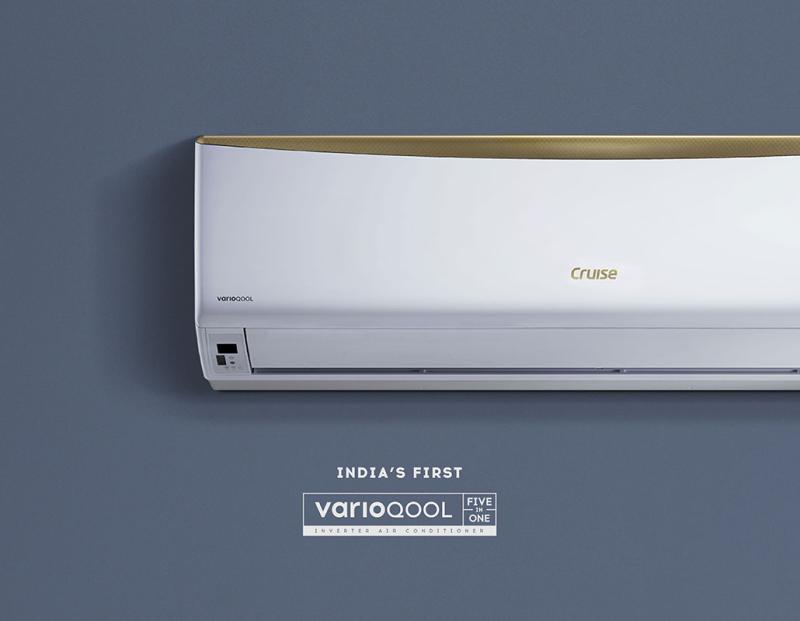How PIS and AFC Systems can prove to be game changer in 2022 ?
Passenger
information systems, also known as Passenger Information Display and
Ticketing Systems, provide passengers with real-time system data about an
airport or train station's operation. This includes informing passengers about
boarding announcements and gate assignments.
In contrast, an automatic fare collection system is an
electronic device or software program that allows payment for transportation
services by deducting the appropriate amount from a stored-value card or
registering with an e-fare media other than cash or coins.
What do
Passenger Information systems do?
Passenger information systems (PIS) are computerized
information displays that offer a variety of services to passengers. The main
goal of such a system is revenue management, which authorities can accomplish
by providing accurate information about on-time performance, boarding
positions, destination, connection times, and delays.
Tracking passenger movements within the terminal, security
alerts, evacuation instructions, and emergency contact numbers are other
advantages of Passenger information systems.
One can also use the system for retail marketing by providing
services to travelers visiting shopping malls, such as displaying current
shopping promotions. Authorities can also use passenger information systems to
monitor individual driver performance and, if necessary, disable the vehicle or
take other appropriate action.
What are
the benefits of a passenger information system?
A passenger information system (PIS) is a highly developed
system that provides passengers with optimized communication about
transportation information. A passenger information system is a critical
component of the passenger transportation system. It is a mobility service
center. Its job includes informing passengers about vehicle arrival and
departure times, train and bus status, station and stop locations, and seat
availability.
Additionally, passengers can purchase tickets, check for
delayed and express services, view timetable information, consider the number
of available seats, find the best route to their destination, the next stop if
the service is interrupted, and view the current state of the service. These
services can be accessed online or from a smartphone while on the go.
One of the advantages of Passenger information systems is
that they can increase airport passenger throughput. However, when other factors,
such as how much time passengers spend waiting at an airport, are considered,
this effect on wait times may not be beneficial.
A passenger information system includes monitors, kiosks,
signs, and other devices linked to centralized information systems. Train and
bus drivers use electronic response units to communicate information to passengers.
Passenger information systems are evolving to accommodate new technology.
Drivers, for example, can communicate with passengers via text and voice
messages.
What does
an Automatic Fare Collection system do?
On the other hand, an Automatic Fare Collection System is a
system that allows passengers to pay for transit services using stored value
cards or by registering with an e-fare media other than cash or coins.
Automatic Fare Collection System facilitates automated
revenue collection and improves overall efficiency by enabling passengers to
buy tickets before boarding and calculating automatic fares. The smart card can
function as a contactless payment card, a cashless physical access (such as a
tube card), or an electronic fare media (e.g., electronic ticketing).
The card operates on swipe technology or near field
communication, which transfers bits or digitally coded information easily and
quickly between the card and the reader without the need for human intervention
in front of the passenger using transit services.
Benefits of
an Automatic Fare Collection System
A fare collection device with an integrated card reader is often
deemed as an automatic fare collection system. It's also known as an "eTicket
machine" or "fare box." There are numerous advantages to
automating your fare collection process, but this blog post will focus on the
most important ones: lowering labor costs; making paper ticket processing
easier
Reduced labor costs
Because it replaces a human collector, an automatic fare collection
system reduces the amount of labor you must pay your employees. Another
advantage is that it can aid in the processing of paper tickets.
Many transit agencies issued "pay on the way"
tickets, which required employees to count each ticket at the end of their
shift and enter the information into transit management systems (TMS).
When an automatic fare collection system scans a card, it can
generate a ticket with the same information, eliminating the need for a human
to count the tickets.
Streamlining the Processing of Paper Tickets
Customers who do not pay their fares will be issued late
tickets. They may have their hours canceled if they do not show up at the end
of their shift to redeem those tickets. The use of an automatic fare collection
system aids in the processing of paper tickets.
Conclusion
There are quite a few similarities in the functioning of the Passenger
Information system and the Automatic fare collection system. Yet, we can say that
both these system operates in a different manner to serve their respective
purposes.







Comments (1)
Marketing Consultant...
13
Business Growth Consultant
Dear apsense member, share a connection request with me.